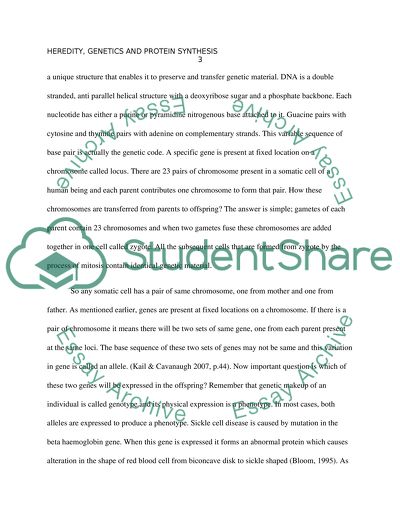Cite this document
(“Heredity, Genetics and Protein Synthesis Essay Example | Topics and Well Written Essays - 3500 words”, n.d.)
Retrieved from https://studentshare.org/biology/1402084-human-biological-systems
Retrieved from https://studentshare.org/biology/1402084-human-biological-systems
(Heredity, Genetics and Protein Synthesis Essay Example | Topics and Well Written Essays - 3500 Words)
https://studentshare.org/biology/1402084-human-biological-systems.
https://studentshare.org/biology/1402084-human-biological-systems.
“Heredity, Genetics and Protein Synthesis Essay Example | Topics and Well Written Essays - 3500 Words”, n.d. https://studentshare.org/biology/1402084-human-biological-systems.


